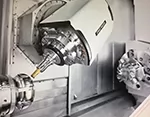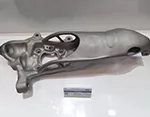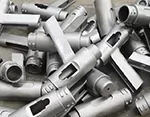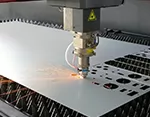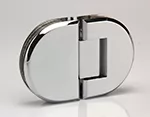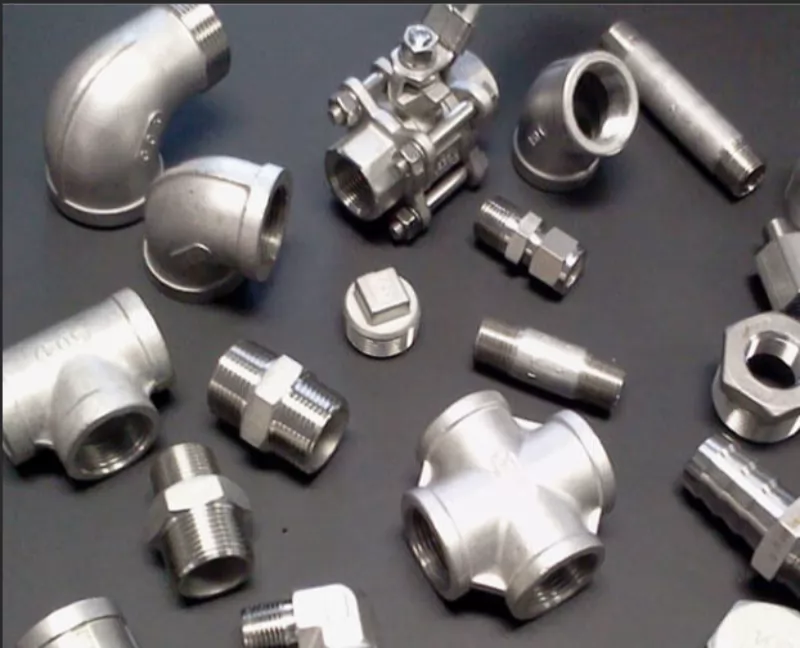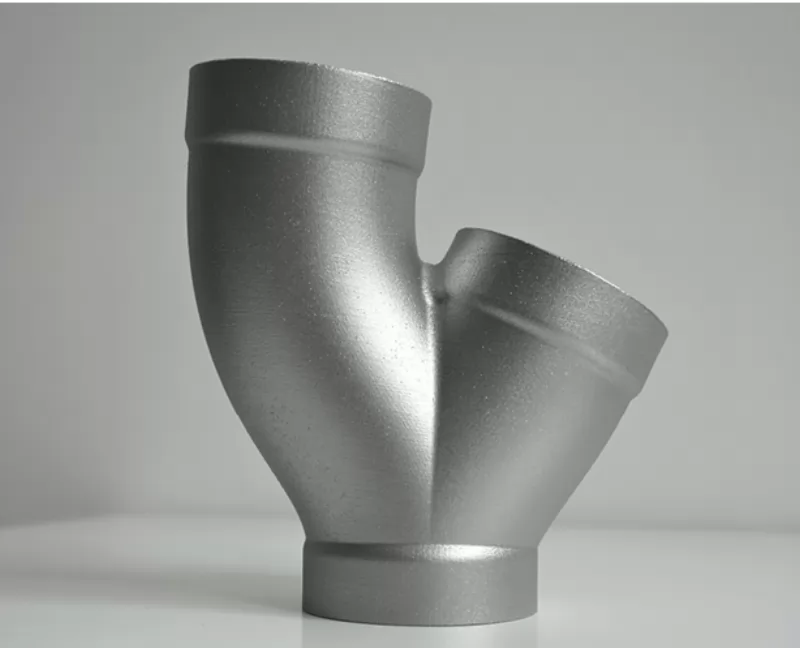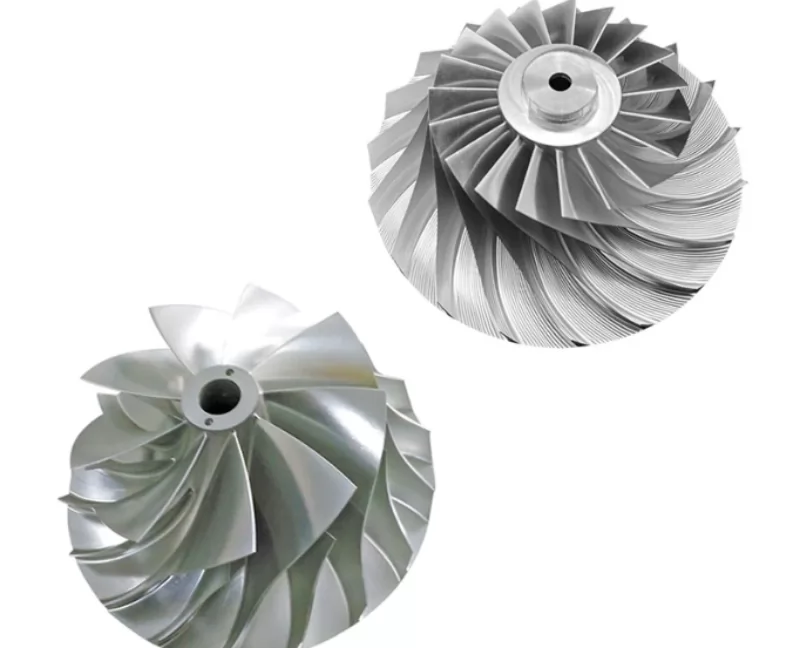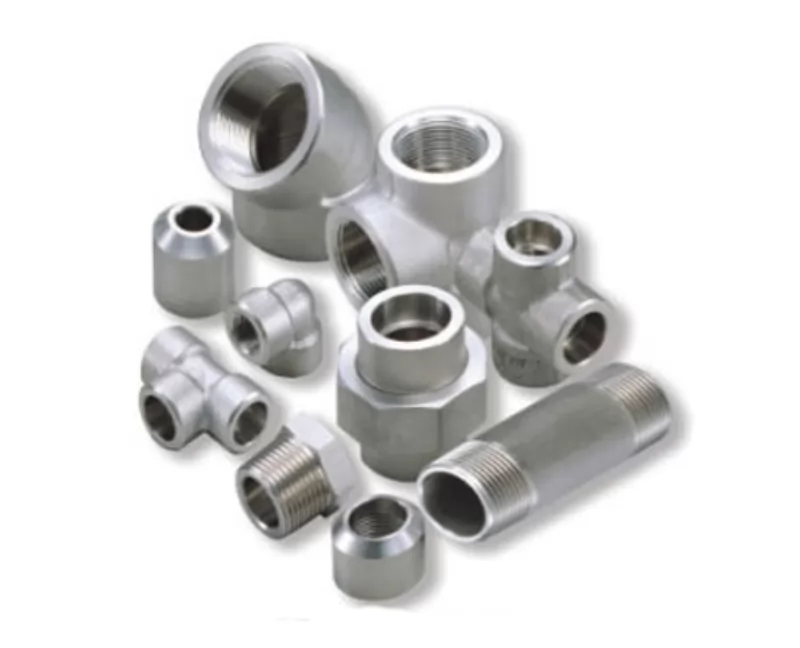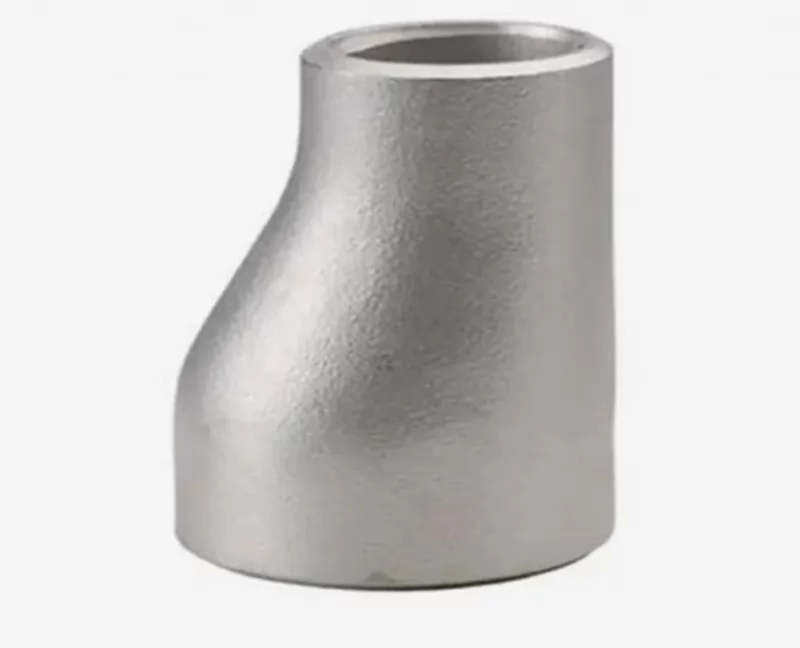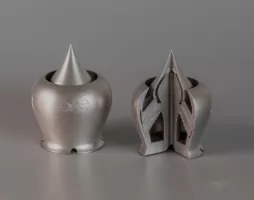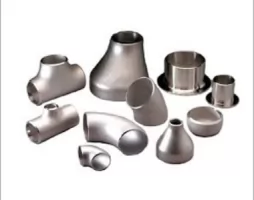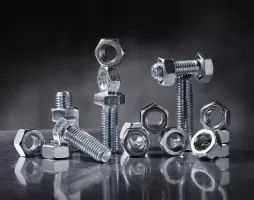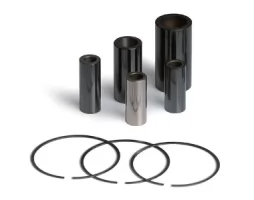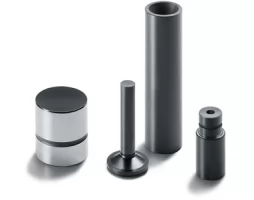-
Service
+
- CNC Precision Machining Service +
- Multi-Axis Simultaneous Machining Service +
- CNC Turning Service +
- Metal 3D Printing Service +
- Rapid Prototyping Service +
- Die Casting Service +
- Sheet Metal Fabrication Service +
-
Finish Serivces
+
- Polishing
- Grinding
- Brushed Finish
- Sand blasting
- Painting
- Powder Painting
- Anodizing
- Hard anodizing Service
- Passivation
- Zinc Plating
- Nickel Plating
- Chrome Plating
- Blackening
- Black Zinc Plating
- Teflon Coating
- Titanium Coating
- DLC Coating
- Laser Marking
- Silk Screen Printing
- Transfer Printing
- Micro Arc Oxidation
- Industries +
- About Us +
- Resource +
- Contact Us
- Quote

-
Service
-
>
-
>
-
>
-
>
-
>
-
>
-
>
-
>
-
- Industries
- About Us
- Resource
- Contact Us
Inconel 625 is a high-performance nickel superalloy that is increasingly used in metal 3D printing. Its Ni-Cr-based composition gives it excellent corrosion resistance and high temperature resistance. Excellent mechanical, thermal, and corrosion properties make them widely used in aerospace, industrial manufacturing, and military equipment.
What is Inconel 625?
Inconel 625 is a high-strength material with extremely high resistance to corrosion and oxidation. It is therefore recommended for use in the aerospace and chemical processing industries. This superalloy has high mechanical strength and hardness at low temperatures of approximately 2000oF / 1093oC. The alloy is highly resistant to chloride ion stress corrosion cracking. It is non-magnetic in nature. Due to its toughness, Alloy 625 is suitable for degrading chloride ions.
The excellent corrosion resistance of Inconel 625 is due to the presence of molybdenum and niobium and the solid-solution effects of refractory metals. The presence of nickel and chromium in Inconel 625 provides excellent resistance to oxidation. Nickel and molybdenum prevent non-oxidizing attacks, while niobium stabilizes the alloy against sensitization during welding.
Inconel 625 is also approved for use in the manufacture of pressure vessels in the temperature range of -196oC to 450oC or -321of to 840of.
Inconel 625 is commonly used in the following forms: Inconel 625 wire, Inconel 625 bar, and Inconel 625 plate.
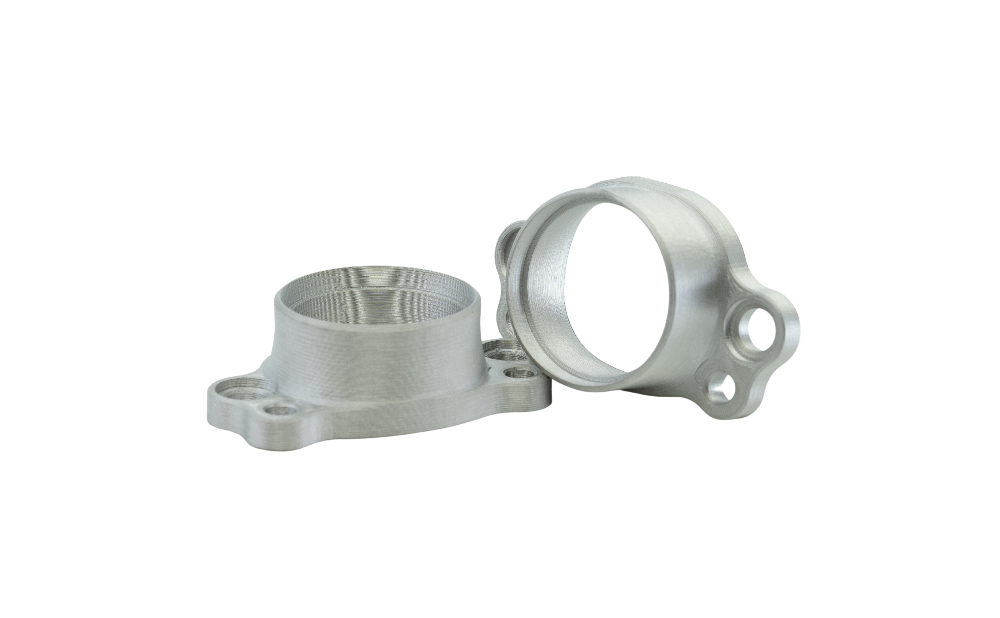
Application
The main development goal for alloy 625 is for use in steam pipes. It is also widely used in aircraft engines and pulp and paper equipment.
The main areas of application of Alloy 625 are: thermal protection, furnace modules, aviation and land gas turbine engines, combustion liners, chemical processing plants, offshore seawater applications such as sheathing of underwater communication cables, pollution control and nuclear power reactors, jet engines, flue gas scrubbers, acid gas production ducts and chimney linings.
Due to its highest strength among nickel alloys, Inconel 625 is widely used in the manufacture of aerospace engineering components such as tethers, propeller blades, and propulsion motors.
Flexible couplings and EGR tubes: In the automotive sector, flexible couplings are a challenging application due to the severe corrosion mechanisms involved. In the design and placement of the exhaust system, the main influences are fatigue, oxidation, hot salt corrosion, stress corrosion, cracking, pit corrosion, and general corrosion. For example, EGR tubes can be affected by fatigue and corrosion. It is crucial to choose the most suitable and economical material that will withstand failure. The Inconel 625 alloy is the best choice.
Aircraft exhaust systems: For U.S. Navy aircraft, Inconel 625 is used to manufacture their CMX-124 exhaust pipes. The alloy was chosen for its superior fatigue and susceptibility resistance and good mechanical strength.
Heat exchanger: Inconel 625 is used in the production of heat exchangers in gas turbines.

Differences between Inconel 625 and Inconel 718
Inconel 625 and Inconel 718 share many of the features of the Inconel series. However, the main difference between them is that the main feature of Inconel 625 is high corrosion resistance, while the main feature of Inconel718 is high strength. Both alloys have their own functions and cannot be substituted for each other.
How is Inconel 625 used for 3D printing?
The most suitable 3D printing process for Inconel nickel alloy is powder bed fusion (PBF), where the alloy will be supplied in powder form. PBF is an additive manufacturing (AM) process that uses high-energy beams such as lasers to melt powdered materials and create three-dimensional objects.
First, a layer of Ni-Cr-Fe alloy powder is spread on the bed of the 3D printer. Based on a computer-aided design (CAD) model of the shape of the part to be printed, a laser hits the powder and melts the first layer of the model. The powder bed is then lowered so that a new layer of powder material can be laid on top of the previous layer. The laser continues to melt the powder layer by layer as more powder is added to the previous layer. This process continues until the entire model is built. The unmelted powder is then removed in a post-processing stage and reused to make the next model.
Two technologies that can be applied to Inconel 625 and Inconel 718 under PBF are Selective Laser Melting (SLM) and Selective Laser Sintering (SLS) – also known as Direct Metal Laser Sintering (DMLS).
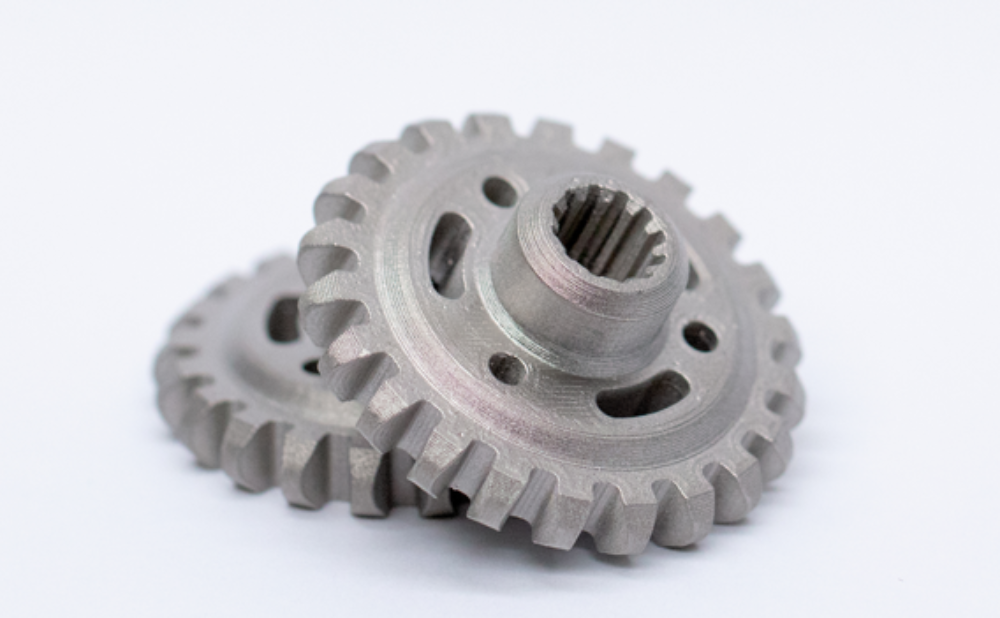
Contact:
Email: Diana@kesugroup.com
WhatsApp: +86 134 2483 1067
Our engineer team are ready for your projects and provide feedback quickly.

